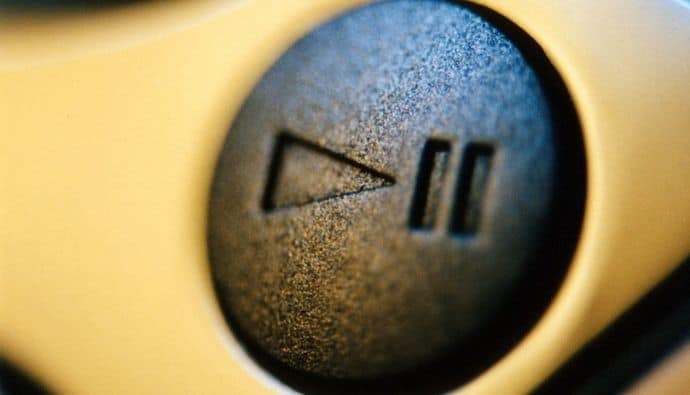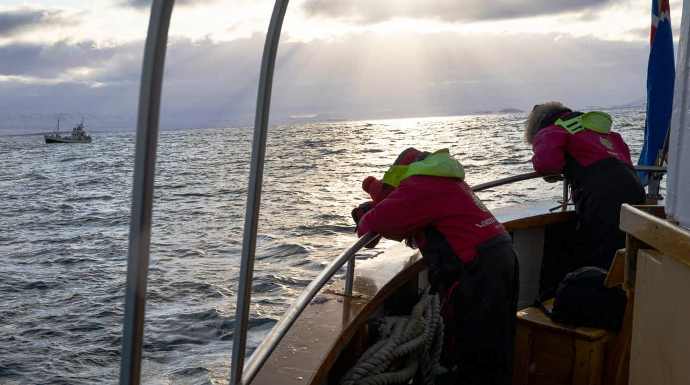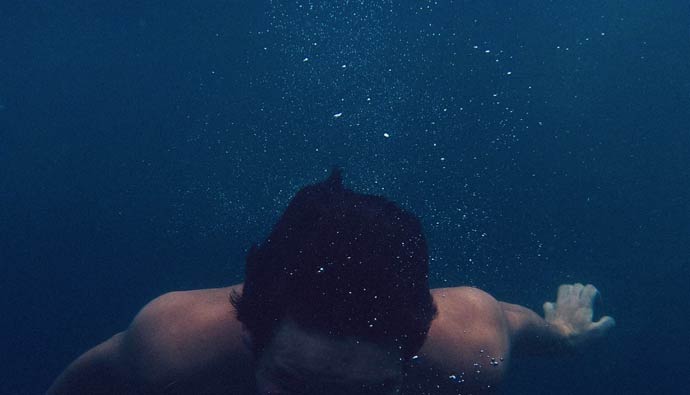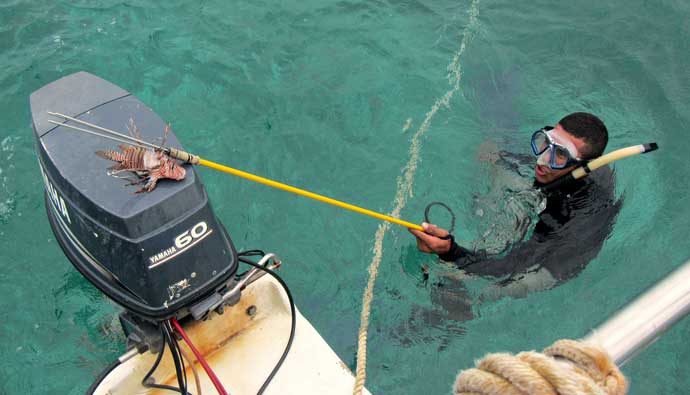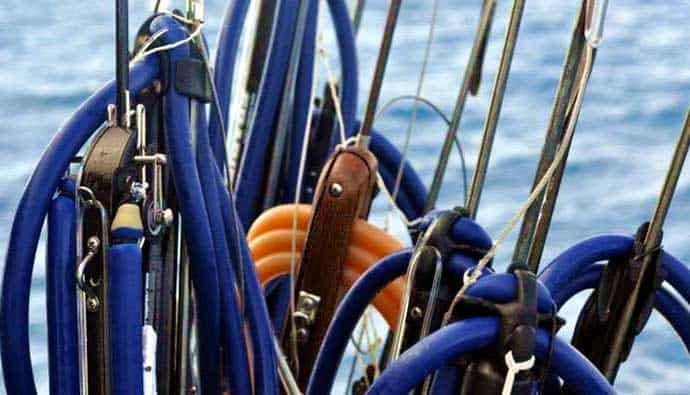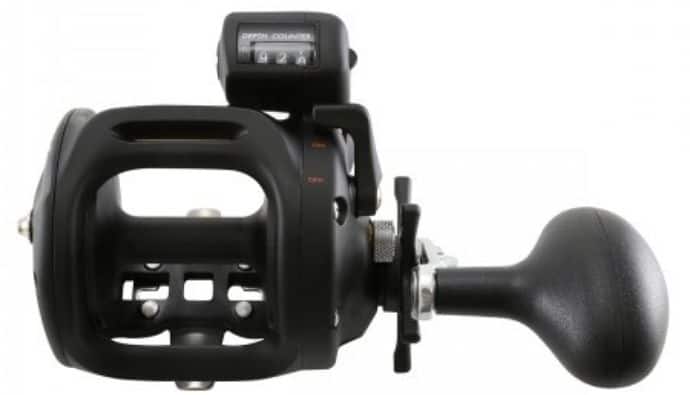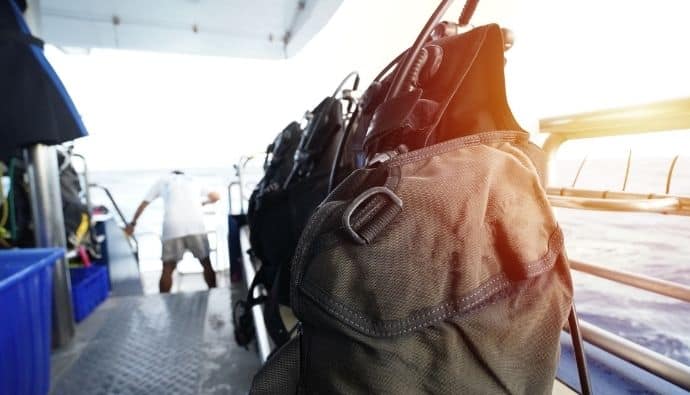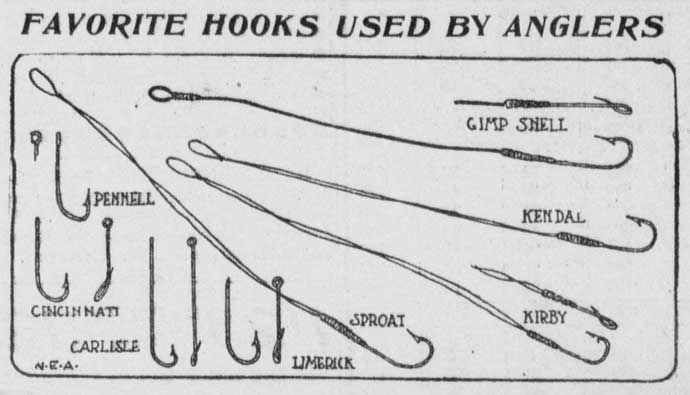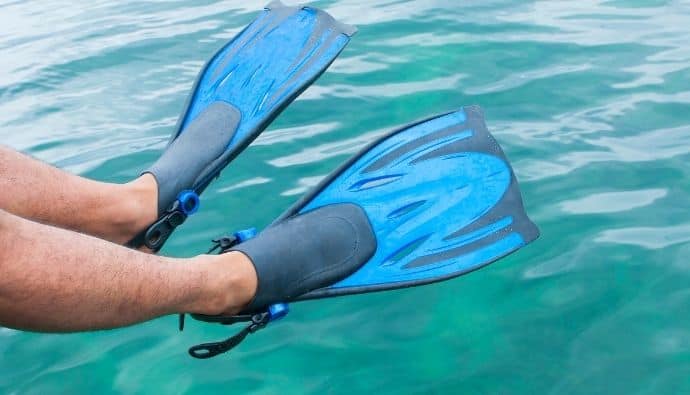The primary distinction between down and side imaging fish finders is how they read the water. Down imaging scans the images vertically, while side imaging reads the water on a horizontal plane. Down-imaging sonar will provide you with clearer images and assist you in more effectively locating these fish when you’re aiming for specific structures or fish that are tightly sticking to the bottom. On the other hand, the side imaging sonar is quite effective at swiftly scanning a zone and is particularly beneficial if you move or troll through shallow water.
Many people discuss down imaging vs side imaging, but only a few understand what they are and how they work. The two sonar types have similarities and distinctions, but people frequently believe one is “better” than the other. It’s not like that.
They are entirely different and work in distinct ways to assist you in finding fish beneath the water’s surface. Here you will learn more about down imaging vs side imaging fish finders, their benefits and drawbacks, how to use each of them, and which is the best for you depending on your fishing style.
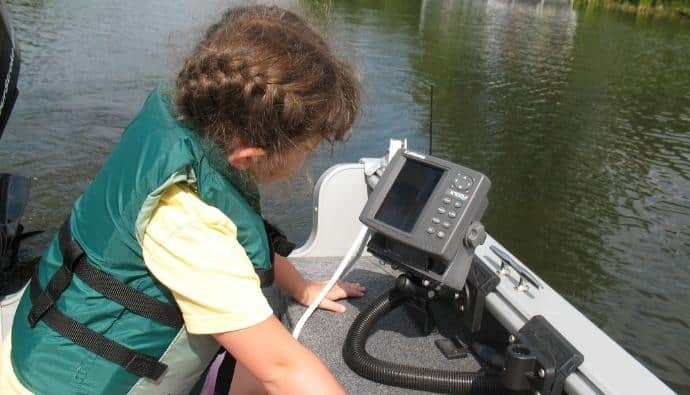
What Is Side Imaging Sonar?
A side imaging fish finder provides a terrific way to monitor the water on both sides swiftly. Side imaging fish finders aren’t usually the ideal option for finding smaller fish since they are typically used with trolling motors, making it simpler to cruise past schools of fish without spotting them.
Side scan fish finders work best in shallow water, where they effectively pick up on fish as they can read from both sides. They are also a fantastic option for traversing a river or creek.
A side imaging sonar aids in assisting you in finding the best spots to drop your line, like drop-offs, tree stumps, and structures. They work well on a trolling motor moving at slower speeds, which is frequently mentioned whenever a side scan is employed.
Advantages of Side Imaging
Allows You to Cover More Area
Since a side imaging fish finder scans in two different directions, you can effectively cover more water with it. Remember that you will have more than one transducer, allowing you to view activity on both sides of the water.
Gives You A Better View
Compared to down imaging, you will get a better point of view, giving you superior picture quality. Depending on the boat’s speed, this may also be the case because side imaging requires you to move at a low speed.
Comes with Down Imaging
Even better, almost all side imaging fish finders typically come with down imaging as a bonus feature, so you get both. This implies that you can switch between the two to acquire the most current and accurate picture of what’s happening around you. With it, there is no way you can miss anything.
Better Readings in Shallow Bays
In shallow bays, side imaging fish finders are the most fantastic option since they get a better reading because they can’t descend so deep as down imaging scanners. This indicates that they perform brilliantly in rivers. Even without moving up and down both sides of the river, if it’s small enough, you might be able to inspect the water thoroughly.
Disadvantages of Side Imaging
Lack of Clear View
Side imaging finders don’t give a clear view of what is happening underneath the boat. This is a significant drawback since side imaging fish finders don’t have the requisite depth to let you view what’s going on not unless you are fishing in extremely shallow water, such as 10 feet or less.
The Process Is Slow
You must move slowly when using side imaging scanners because it takes more time to generate a good image. This might be advantageous or detrimental. y slowing down the engine and taking your time; you can find something you would have previously overlooked. Your fish finder’s range is what determines everything.
It’s Expensive
Since they are available as a premium upgrade, these fish finders are typically more costly. A down imaging fish finder is nearly always included with a side imaging finder. Some fish finders can be purchased with down imaging and upgraded with side imaging transducers later on.
What Is Down Imaging Sonar?
The down imaging finders show images of anything occurring below your boat. They offer an effective way for locating smaller fish that may be holding tightly to the bottom.
The transducer transmits sonar waves below the vessel, giving you a clear notion of where fish and structure are situated beneath you and partly behind and in front of and behind you.
The sonar type performs best in deeper water. They produce images directly underneath your boat. Down imaging sonar will assist you in finding these small fish, which may be dangling in the water column or clutching tightly to the bottom, whether you’re bottom fishing an artificial reef and looking for the structure or trying to identify a surrounding ledge in which the flounder hide.
The down imaging sonar lets you see the bottom more clearly, assisting you in evaluating the structure type and whether it holds fish. It is easy to use compared to other sonar types.
Benefits of Down Imaging
Better Quality Photos
Down imaging offers better-quality photos when moving at a very high speed. It is the best option if you need to quickly cover a large area of water.
Ideal for Deep Waters
The fish finders work best in deep water. Looking for fish with down imaging is more effective in deep waters since you are searching the water for fish on a vertical level instead of a horizontal one.
Cost-Effective
Fish finders using down imaging are less expensive. Many GPS fish finder combinations will give down imaging, making this the most cost-effective method to get many incredible features in your fish finder.
Drawbacks of Down Imaging
It’s Limiting
The fish finders use a single transducer, meaning you won’t learn as much about what’s going on underwater. Additionally, this may lead to images with inferior quality and less resolution.
Does Not Provide Horizontal Information
As you may anticipate, because it only displays vertical images, it does not provide horizontal information like a side imaging technology would, limiting your view to what is directly beneath you. Contrary to popular belief, down imaging doesn’t necessarily yield quicker results because more water will need to be covered if you want accurate and detailed images.
Which One Is Better?
These sonar types have their distinct roles with advantages and disadvantages. Though they function differently, when used together, they perform the best.
Therefore, if you have money, you buy the side imaging and down imaging combo for incredible results.
You will also come across the term chirp sonar, a form of 2D sonar fish-finding technology. It continuously transmits information from the sonar unit into the water using sonar technology.
You must consider how and where you fish to select the best sonar type. The side imaging fish finder is ideal if you spend most of your time in shallow rivers.
If you fish in deeper water and stay still for an extended period, a down-scan fish finder will work better for you since you don’t need to know what is happening on both sides of the water.
The down imaging is also perfect for ice-fishing anglers because they are only concerned about reading the water under them. Using side imaging on the ice won’t help you have a successful catch.
Related Questions
The side imaging fish finder is a perfect choice for fishermen who use a trolling motor at a slow speed. You can see clearly from both sides with this kind of sonar, allowing you to determine the precise location of your bait as it moves through the water.
Side imaging is the better fish finder for kayak fishing in deeper or shallower water. It allows you to see a broader area than down imaging. Besides, it helps you identify the underwater structure.
The down imaging system range varies depending on the type; however, most down imaging units have a range of about 300 feet. This indicates that you can see down to a depth of about 300 feet.
There are some fish finders in the market with the ‘structure scan’ feature. It is distinct from traditional sonar and aids in structure recognition. Not all fish finders have that capability.
Conclusion
Down imaging and side imaging are sonar types that help anglers detect fish beneath the water’s surface. They function differently, with down imaging doing best in deep water fishing and side imaging ideal for shallow water fishing.
Side imaging provides a larger proportional range compared to down imaging sonar, which is the best in terms of depth range. Both employ higher frequencies than standard sonar, giving you more explicit images, thanks to the thin beam.



 Facebook
Facebook YouTube
YouTube
